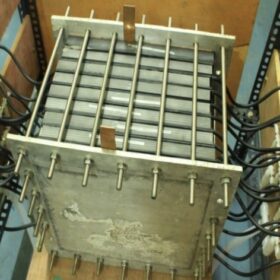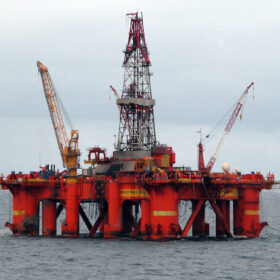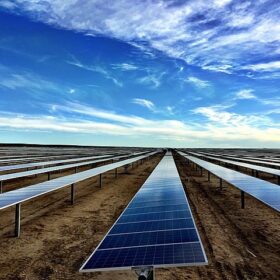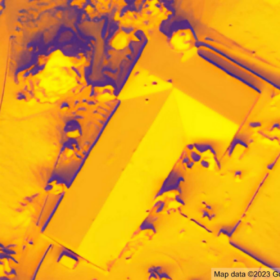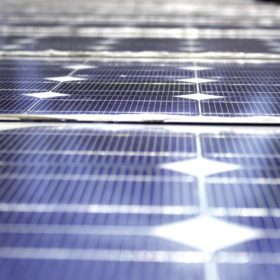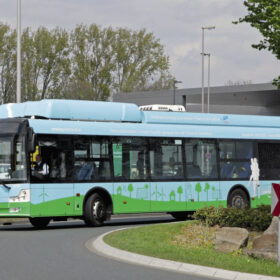The case for hard carbon-based sodium-ion batteries
Researchers in China have summarised the technical issues hindering the development of hard carbon, which is regarded as the most promising anode for high-performance, commercial sodium-ion batteries.
Global flow battery market to grow at 22.8% annually
The global flow battery market will expand from USD 289 million in 2023 to USD 805 million by 2028, driven by increasing investments in renewable energy and flow batteries’ advantages over conventional products. The newly released report also highlighted Australia, noting the nation has numerous flow battery projects for various applications.
Greenpeace notes widespread greenwashing among fossil fuel companies
A new report published by environmental campaign group Greenpeace analyses financial statements from 12 major European headquartered oil companies. The study finds that, despite many public claims to be participating the energy transition, both the current activities and future investment plans of these companies are dominated by fossil fuels.
JA Solar to build 5 GW of cell capacity in Vietnam
GCL Technology Holdings Limited reported strong revenue for the first half of 2023, while JA Solar says it will invest CNY 2.72 billion ($578.7 million) in 5 GW of N-type solar cell capacity in Vietnam.
New control technique for microgrid-connected PV systems
An international research group has applied for the first time integral backstepping control (IBC) as a control strategy for PV systems connected to microgrids. Through a series of simulations, the scientists found the new approach can provide better results than classic backstepping control (BC) and other techniques.
Weekend read: 100% solar offgrid, 100% on wheels
Jason and Kara are Canadian overlanders from the “Everlanders” channel on YouTube. Overlanding is self-reliant travel on the road, driving to remote places across international borders. pv magazine caught up with Jason between legs of their latest road trip.
Google to sell rooftop solar mapping data
New application programming interfaces datasets from Google are designed for solar marketplace websites, solar installers, software-as-a-service developers, and any user looking to understand rooftop solar potential of a particular address.
PV cell technology trends
Ongoing innovation in PV cell technology will have major impacts as solar is deployed at a “multi-terawatt scale” over the next two decades, according to a global team of scientists.
Hydrogen buses less efficient than battery models
Italian researchers have compared the performance of hydrogen and electric buses in northern Italy. Meanwhile, Australian company Worley has collaborated with Princeton University to devise a 10-point action plan for Europe’s renewable hydrogen sector.
Consumer group debunks residential battery misconceptions
A German consumer protection association, Verbraucherzentrale NRW, has issued a warning about five misleading assumptions about PV-linked residential battery systems.

